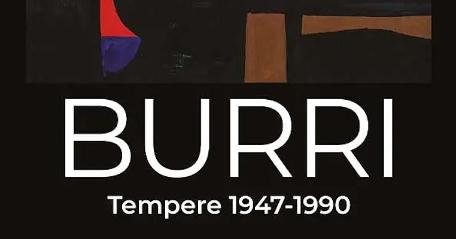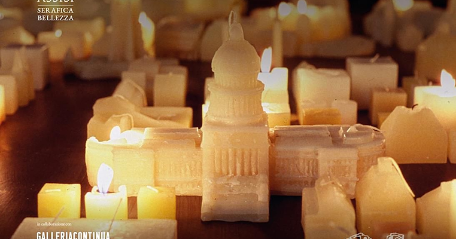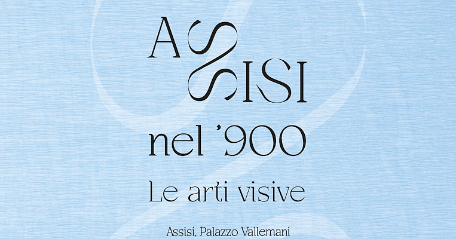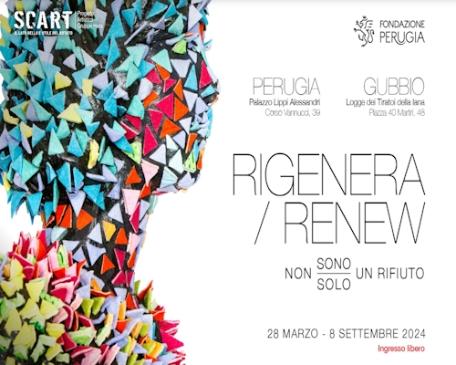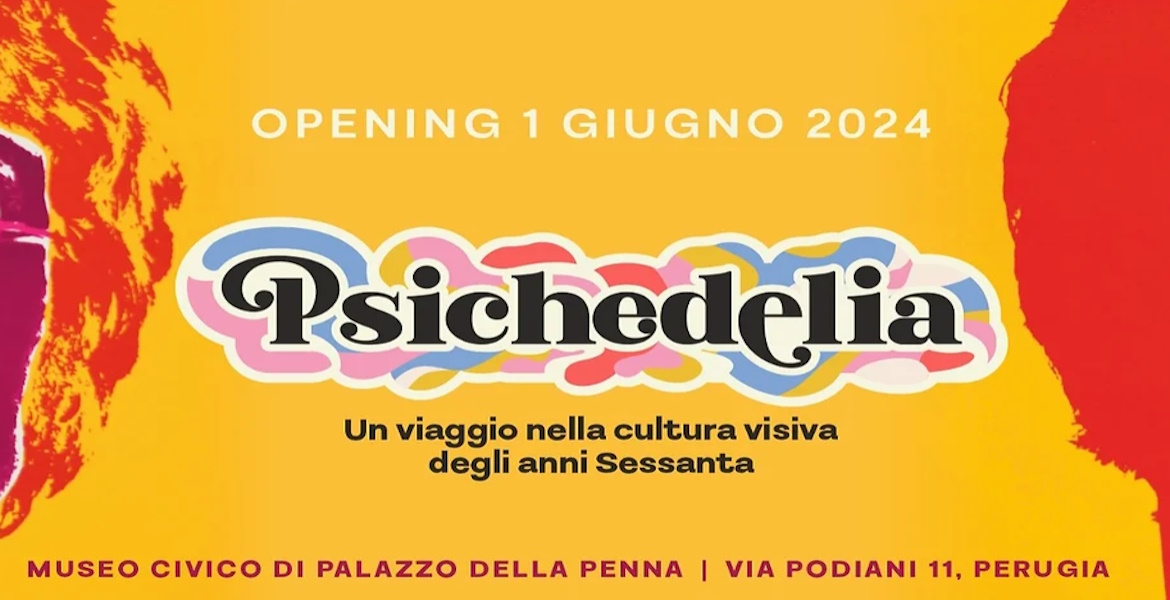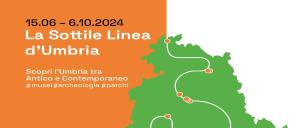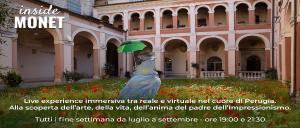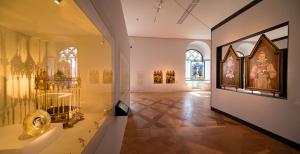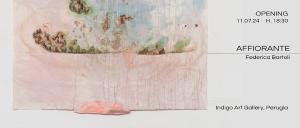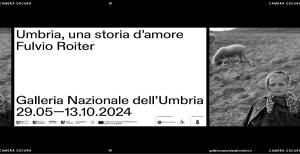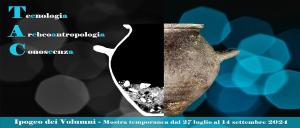Psichedelia
From 1 June to 15 September it will be possible to take part in the exhibition 'Psychedelia. A journey through the visual culture of the 1960s', curated by Alberto Terrosi.
The exhibition celebrates an international phenomenon and a generational glue capable of incorporating, between the 1960s and 1970s, heterogeneous instances ranging from protest to youth counter-culture, from the most current artistic stimuli to music and pop culture, leaving an indelible mark on the history of culture.
The exhibition presents over seventy original posters by the main authors of psychedelic graphics from the 1960s and 1970s, some re-editions from American archives, and special editions signed by the artists.
The works are divided into three large sections dedicated to the main poles of elaboration and diffusion of psychedelic culture between San Francisco, London and Italy.
In addition to the graphic section, the exhibition also presents documents on the correlation between cinema, advertising and psychedelia, records, photos, videos, comics and vintage magazines.
Among the artists in the exhibition are the so-called 'Big Five' (Wes Wilson, Stanley Mouse, Alton Kelley, Rick Griffin and Victor Moscoso), a group of illustrators whose posters created for the first concerts of Jimi Hendrix, Janis Joplin, Grateful Dead, Jefferson Airplane, The Doors, Frank Zappa and Pink Floyd held at the Fillmore Auditorium and the Avalon Ballroom in San Francisco marked the birth of psychedelic graphics.
In the San Francisco of the hippy movement and counter-culture, these posters immediately became popular and it was quickly realised that this was the emergence of a new form of graphic art that reworked suggestions from important stylistic strands including Optical Art, Art Nouveau, Neo-Orientalism and Surrealism, fully representing the emergence of a new cultural phenomenon: Psychedelia, with its wide ramifications across music, poetry, film and comics, and a new graphic style, dubbed 'Art Nouveau' by critic George Melly.
In the same years, London was also coloured by psychedelic lights and arabesques and the most important band of the time, The Beatles, made psychedelic culture iconic through Richard Avedon's photographs, taken for the promotion of the album Sgt. Pepper's Lonely Hearts Club Band, manipulated in a psychedelic key by the graphic artist Hallen Hurlburt, resulting in four posters that are now part of the permanent collections of important museums, such as the Moma in New York or the Victoria & Albert Museum in London, and chosen for the cover of the Perugia exhibition in the version starring John Lennon.
This was the moment in which psychedelia also arrived in Italy, in Milan, where Fernanda Pivano, Ettore Sottsass and Allen Ginsberg in '67 gave life to the magazine 'Pianeta Fresco', published in only two issues of 300 copies, experimental both in terms of content and graphics with prestigious collaborations. Also in 1967, in Rome, Mario Schifano curated his own music group, Le Stelle di Mario Schifano, for which he created the cover of the only lp produced, and ventured into the business of impresario and concert organiser.
For more information:
website: Psichedelia


















